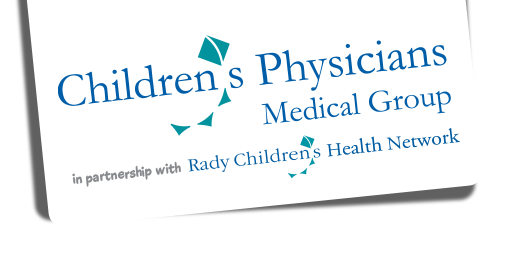Child Ear Infections – New Treatment Guidelines for 2013
Have you heard the news? The American Academy of Pediatrics (AAP) has updated its recommendations for treating otitis media, or, more commonly known as, middle child ear infections. What does all of this mean? Well, every 5 years the AAP updates its recommendations to help guide pediatricians in their treatment and understanding of a condition or illness. Now, what does it mean for your child? Let’s take a look…
Ear infections are the most common condition for which antibiotics are prescribed for infants and children. Do all ear infections need to be treated, and do bacteria cause all ear infections? The answer to both is no, not all ear infections need to be treated and both viruses and bacteria cause ear infections. Now the tricky part…how can you tell the difference? We (pediatricians) know what a normal eardrum looks like, and we know what an abnormal eardrum looks like. With that being said, it’s a combination of how the eardrum looks and the associated symptoms and complaints of the child. Older children can verbally express their pain, but in younger preverbal children, rubbing or pulling on the ears, not feeding or sleeping well, crying, fussiness, and/or fever suggest pain.
How do the new guidelines differ from the past? The take-home message is accurate diagnosis. The new guidelines have a more stringent definition of acute otitis media (how we characterize the ear drum); they address pain management, and offer the option of observation vs. antibiotic treatment. Age and severity of associated symptoms help guide the decision making for treatment.
In a nutshell, antibiotics should be prescribed for acute ear infections in children 6 months and older with severe signs or symptoms (i.e., moderate or severe ear pain for at least 48 hours or temperature of 102.2°F or higher). In younger children, 6-23 months of age, the associated severe signs or symptoms are not necessary and antibiotics should be prescribed. Now the option of observation: in healthy children 6 months and older, without severe signs or symptoms (i.e., mild pain for less than 48 hours and temperature less than 102.2°F), there is the option of antibiotics or observation with close follow-up. This can also be an option for younger children, 6-23 months of age, with a single ear infection and without severe signs or symptoms. In both cases, antibiotics should be started if the child worsens or fails to improve within 48-72 hours.
The choices of antibiotics, along with the discussion of tubes, are also in the new guidelines. Both of these topics are better suited for you to discuss with your pediatrician. Finally, there is a strong reminder of the benefits of vaccination, something every pediatrician, including myself, finds extremely important.
The primary message…these guidelines are recommendations meant to help you and your pediatrician decide the best course of action for your child.





